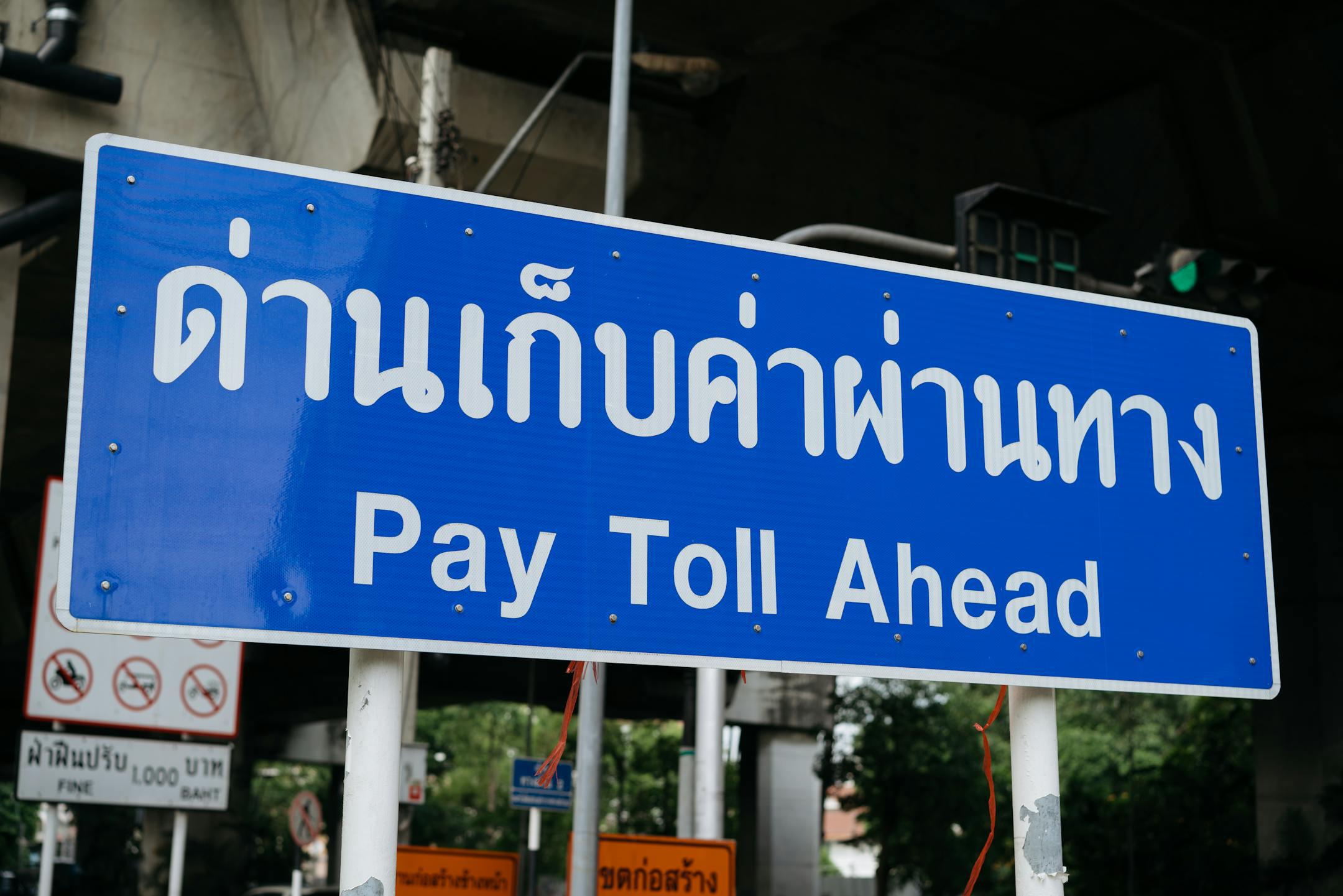Toll‑road operators across the United States have become the latest disguise for cybercriminals who specialize in smishing—text‑message phishing. Fraudsters send convincing SMS alerts that mimic legitimate toll notices or late‑payment reminders, hoping to lure drivers into clicking malicious links or surrendering personal information. When successful, these attacks can install malware, harvest credentials, and inflict significant financial damage.
1. The Smishing Threat Landscape
Modern toll systems rely on license‑plate imaging, transponders, and automated billing. Attackers exploit this complexity—and the fear of fines—to create urgency:
- Impersonation of trusted brands. Messages often display the logos and language of widely used services such as E‑ZPass or state‑run toll authorities.
- Time‑sensitive pressure. Threats of late fees, registration suspension, or negative credit reports push victims to “resolve” alleged balances immediately.
- Low‑dollar bait. Small payment requests (e.g., USD $2–$15) lower skepticism and increase the chance of impulsive compliance.
2. Red Flags in a Suspicious Toll‑Road Text
- Generic greeting (“Dear Customer”) – Legitimate operators usually address registered account holders by name.
- Unsolicited demand for payment – Genuine notifications reference specific trip details or invoice numbers.
- Embedded link‑shortening services (bit.ly, tinyurl) – Toll agencies rarely use URL shorteners and typically direct users to secure “.gov” or official “.com” domains.
- Requests for driver’s‑license or license‑plate data – Authentic agencies already possess this information and do not solicit it via SMS.
- Threatening language or countdown timers – Designed to provoke haste and bypass reasoning.
3. Defensive Measures: Best Practices for Drivers
- Never engage directly with an unsolicited text. Do not tap links, call listed numbers, or reply.
- Verify through official channels. Log in to your toll account or phone the agency using the number published on its website—not the one in the message.
- Enable account alerts. Real‑time e‑mail or app notifications from the official provider reduce reliance on SMS alone.
- Install reputable mobile‑security software. Modern suites detect malicious links and block covert malware downloads.
- Report and delete. Forward suspected smishing texts to 7726 (SPAM) in the U.S. and then delete the message.
4. If You’ve Already Clicked
- Disconnect and scan. Place the device in airplane mode, run a full antivirus scan, and remove any unrecognized apps.
- Change credentials immediately. Start with banking and e‑mail accounts, then any logins reused across services.
- Monitor financial statements. Look for unauthorized transactions or new credit inquiries.
- File a complaint. Notify your state toll authority and the Federal Trade Commission (reportfraud.ftc.gov).
Stay informed, stay skeptical, and share these precautions with colleagues and family members who rely on toll roads. Proactive vigilance is the most effective barrier between your data and a smisher’s next payday.

